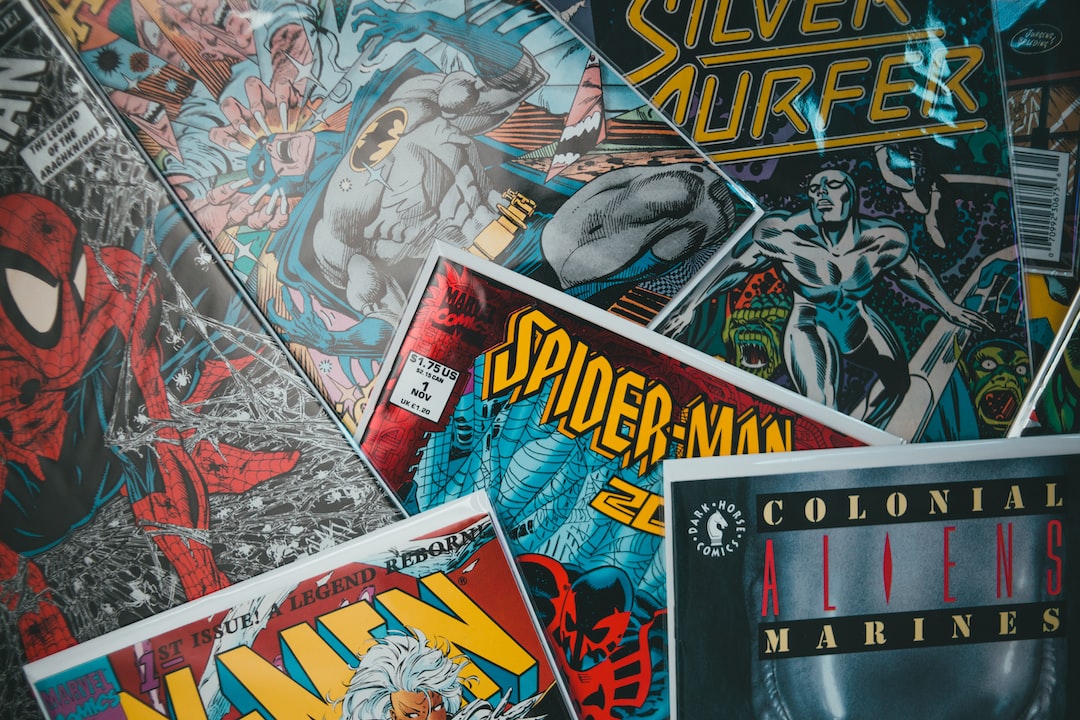For decades, comic books have enchanted readers by transporting them to exotic worlds populated by superheroes and villains. While the storylines and artwork are important, it is comic book printing that brings these classic characters to life. Continue reading to learn more about comic book printing and the techniques used to bring these colorful pages to life.
Contents
The Evolution of Comic Book Printing
Comic book printing has come a long way since its early days in the late 19th century. Initially, printing techniques were limited to newspaper presses, resulting in low-quality black-and-white images. However, as technology advanced, so did the quality of comic book printing. Today, comic book publishers utilize advanced printing technologies to create vibrant, high-resolution illustrations that leap off the page.
Digital Pre-press and File Preparation
Before a comic book can go to print, a meticulous digital pre-press process occurs. This involves scanning the original artwork or digitally created illustrations to create high-resolution files. The images are then cleaned, edited, and prepared for printing, ensuring color accuracy and clarity. Text and dialogue are also added to the panels, creating a seamless reading experience.
Color Separation and Proofing
One of the most crucial steps in comic book printing is color separation. The original artwork is broken down into different color components (CMYK – Cyan, Magenta, Yellow, and Black) or Pantone colors. Each color is printed on separate plates to ensure accurate reproduction during the printing process. These separated colors are then proofed to check for color accuracy and consistency, making adjustments if necessary.
Offset Printing and Printing Techniques
Offset printing is the most common method used for comic book printing. This technique involves transferring the separated colors onto printing plates, which are then pressed onto the paper. The result is a crisp, high-quality image with vibrant colors. Additionally, various printing techniques enhance the comic book’s visual appeal, such as spot varnishing, foil stamping, embossing, and debossing. These techniques add depth, texture, and a touch of luxury to certain comic book elements.
Binding and Finishing
Once the individual pages are printed, the comic book undergoes the binding process. Common binding methods include saddle-stitching, perfect binding, or even hardcover binding for special editions. After binding, the comic book goes through finishing processes such as trimming, folding, and packaging. Quality control measures are also taken to ensure that each comic book meets the highest standards before being shipped to distributors and retailers.
Comic book printing is a fascinating blend of artistry and technology, responsible for bringing our favorite superheroes and their adventures to life. The evolution of printing techniques and advancements in digital pre-press, color separation, and finishing have all elevated comic books’ quality and visual appeal. The meticulous attention to detail in the printing process ensures that every page turns into a visual feast for comic book enthusiasts worldwide.



